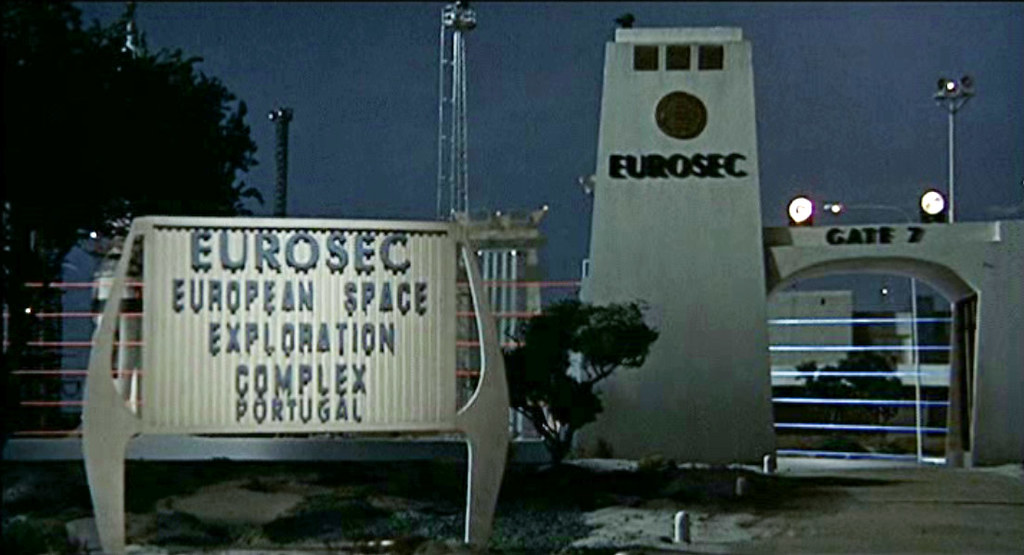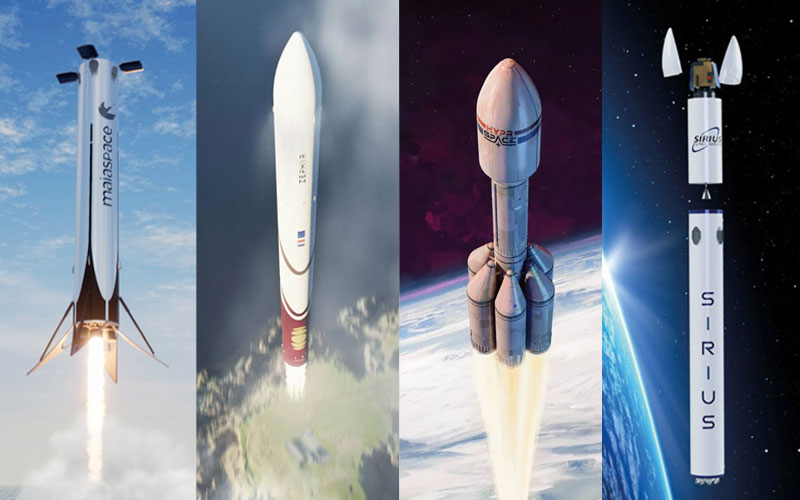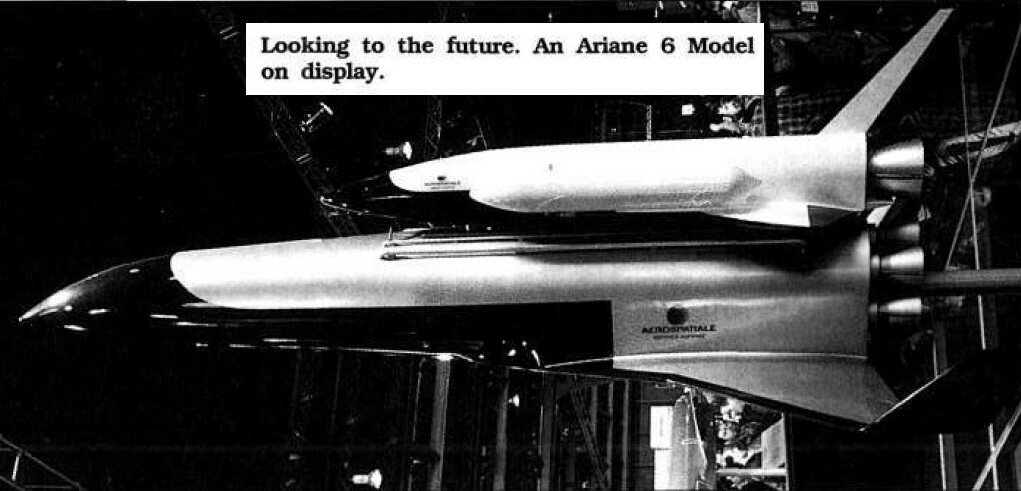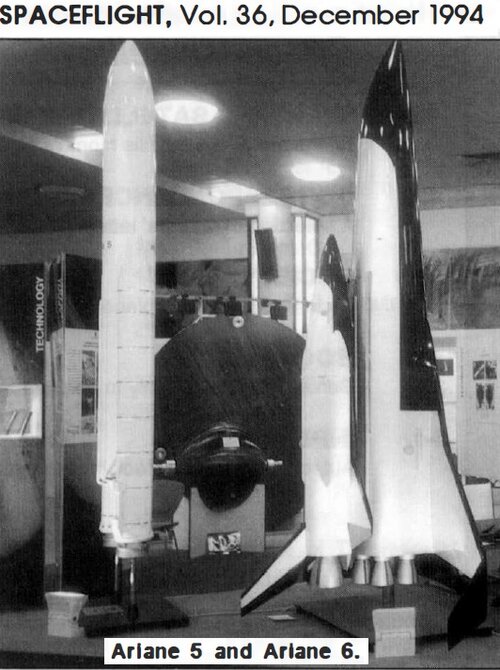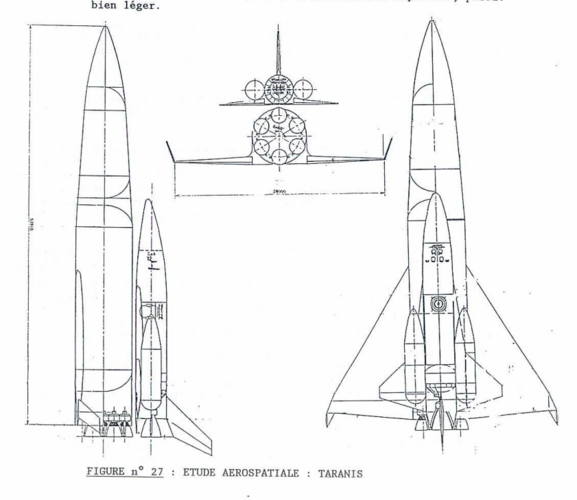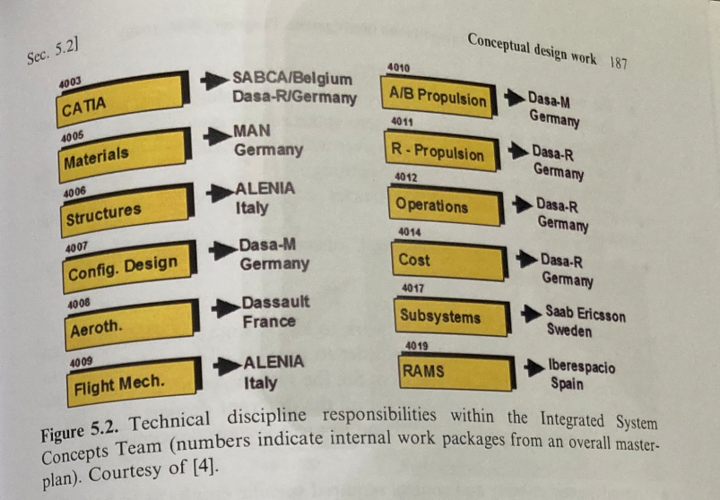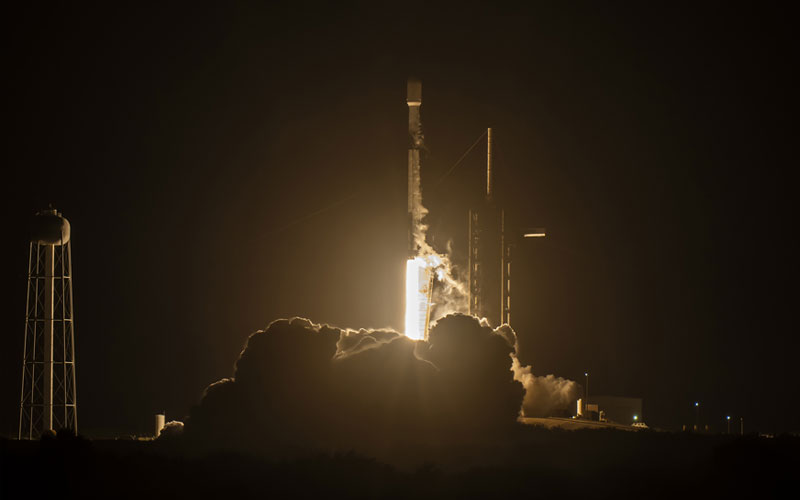- Joined
- 13 August 2007
- Messages
- 8,446
- Reaction score
- 11,005
if you launch from mainland Portugal south like Vandenberg, no problemWouldn't this dump spent stages on Greenland ? or worse, on Iceland ? (although it is a rather small "target")
As for Azores : same story with Africa, no ?
from Azores launch like the from Kennedy space center east, it goes over Sahara desert, its population almost zero.
the french dit this with Diamant A launches too

